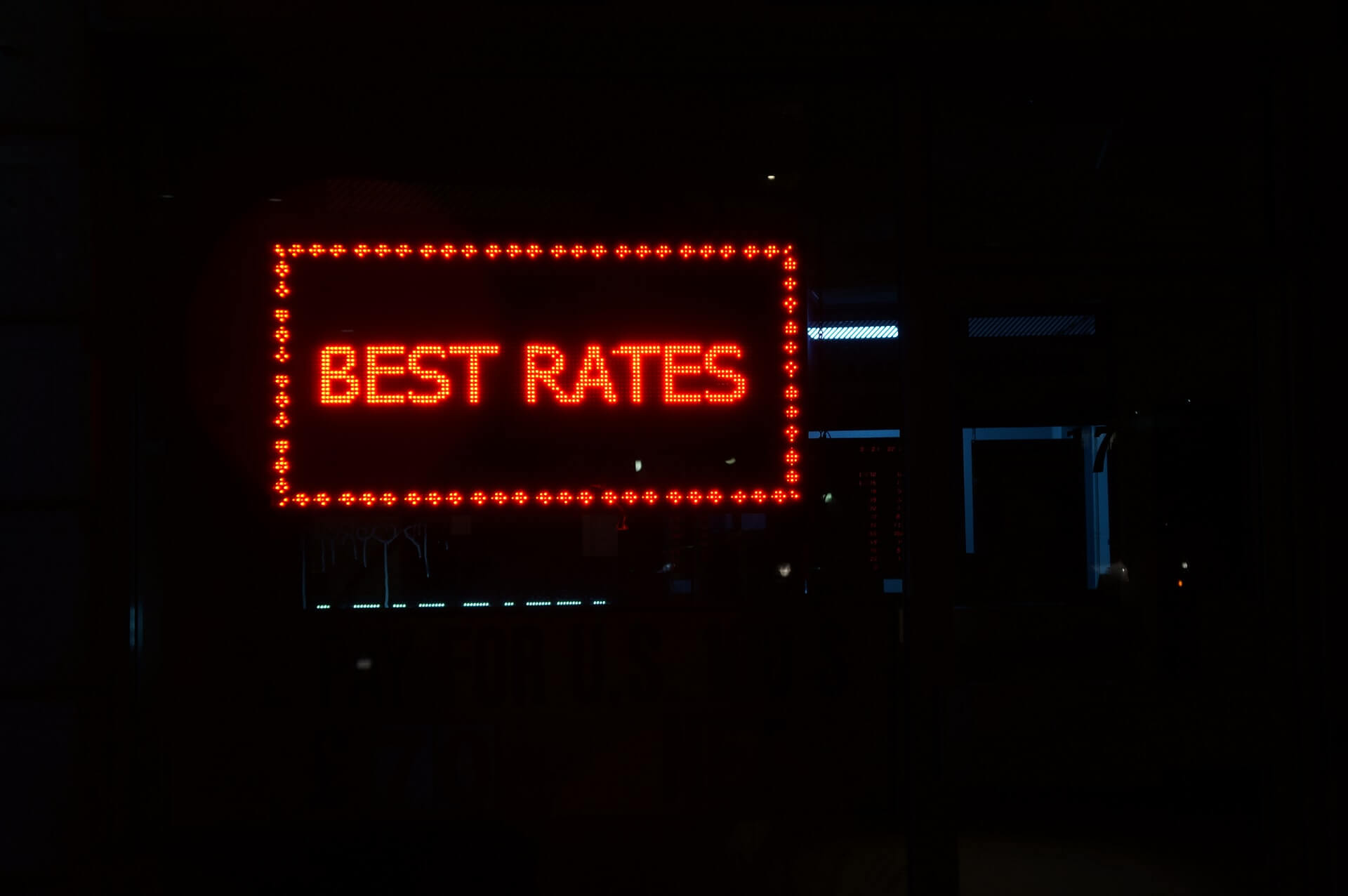
Having financial issues and rising debts is difficult for anyone- but especially so for people who are of lower financial means. Keeping on top of things when money is tight is particularly difficult, and the temptation to take out credit to cover basic costs can be high- but such an action can be a downward spiral if you borrow beyond your means.
If you have a low income and lack valuable assets such as property or a car, then finding the money to pay off debt is difficult and the options available to you become considerably more restricted. Holding talks with a free financial advisor is key as they will provide you with valuable information and guide you through the repayment process, with your best interests in mind.
What is a MAP?
A MAP, or a Minimal Asset Process, is aimed at people who have a low income and very few assets. When defining low income, one can be considered to be of low income when the vast majority of your monthly incomings are made up of benefits such as jobseekers allowance or else when your disposable income is very limited after essential living costs are taken into consideration.
The process is much cheaper and more straightforward than sequestration bankruptcy and doesn’t require people going through the process to appear in court. You can only apply for a MAP through an approved organisation, meaning that your finances are fully looked after. The Minimal Asset Process is only available to people living in Scotland – or those who have lived in Scotland in the last year.
To qualify for a MAP, your debts must be between £1500 and £17,000 and your total assets, which the exception of your car which can be worth up to £3000, must be less than £2000 in total. No single item should be worth more than £1000. You also cannot be a home or landowner.
Why is a MAP right for me?
Going through a traditional bankruptcy or sequestration claim can be expensive, particularly as far as assets are concerned and it’s important to note that not everybody who wants to file for bankruptcy is fortunate enough to have lots of assets available to support them.
If you have no assets to put forward as a means of paying off your debts, then these options are not viable to you, and an alternative such as a MAP could be the only option. If you have discussed with a financial advisor and other options are not right for you, then being able to undergo a MAP sequestration will give you the means to relieve financial pressures and start again, financially.
As is the case with bankruptcy and sequestration, the information will stay on your file for up to six years and therefore can make acquiring credit at a later date much more difficult. Because your name is on a public register, it may also affect future job applications- some employers don’t allow their staff to entire into formal debt processes such as this one.
If you find that your financial circumstances change for the better, it is possible to change the MAP to a standard sequestration, which involves a further fee.
How do I go about applying?
Finding out whether a MAP is right for you is important and you should never make such an important financial decision without speaking to a qualified advisor. It may well be the case that other alternative solutions would be more suited to the type of debt that you carry.
If a MAP is indeed the best way to tackle your debts, then your advisor will ask for proof of your income, monthly outgoings and the amount of debt that you hold. This information will be scrutinised, and advice and support will be provided to you.
The Accountant In Bankruptcy will charge a £90 fee. The Account In Bankruptcy is responsible for bankruptcies in Scotland, and an approved money advice organisation will do the rest. You cannot file for a MAP without having approached an organisation for advice. You can pay the £90 fee in instalments if need be but the entire amount must be received before the application can be processed.
You should be aware that if you choose to absolve your debts through a MAP that your details will be registered on something known as the Register of Insolvencies for a period of five years. This is a public register and can be inspected at any time.






